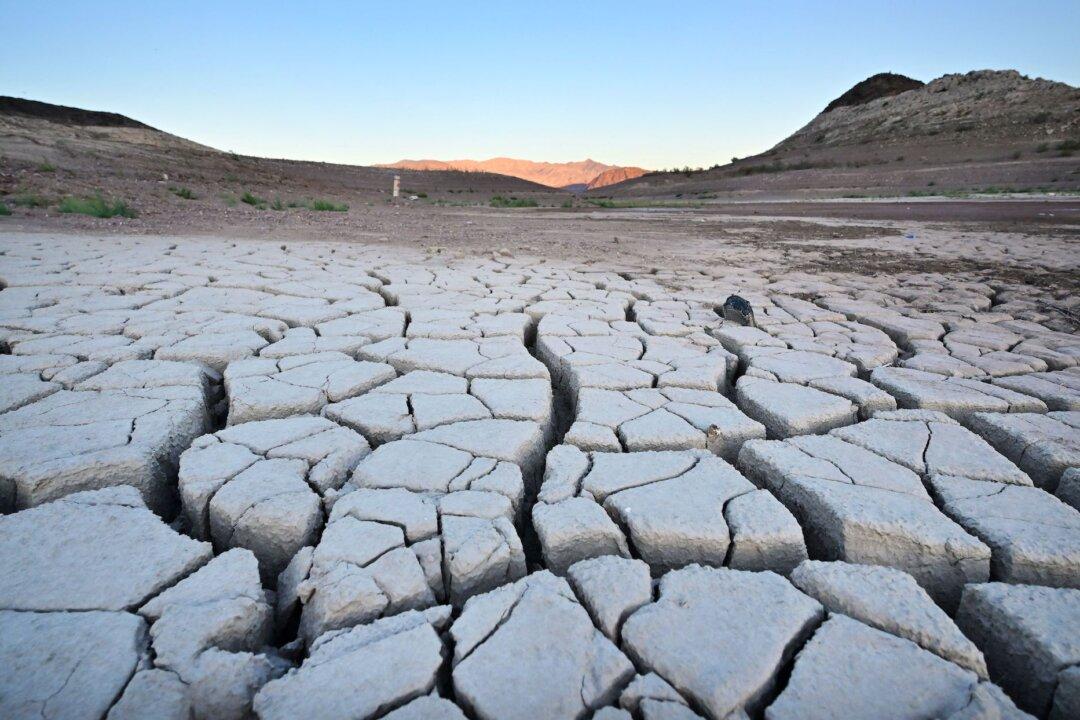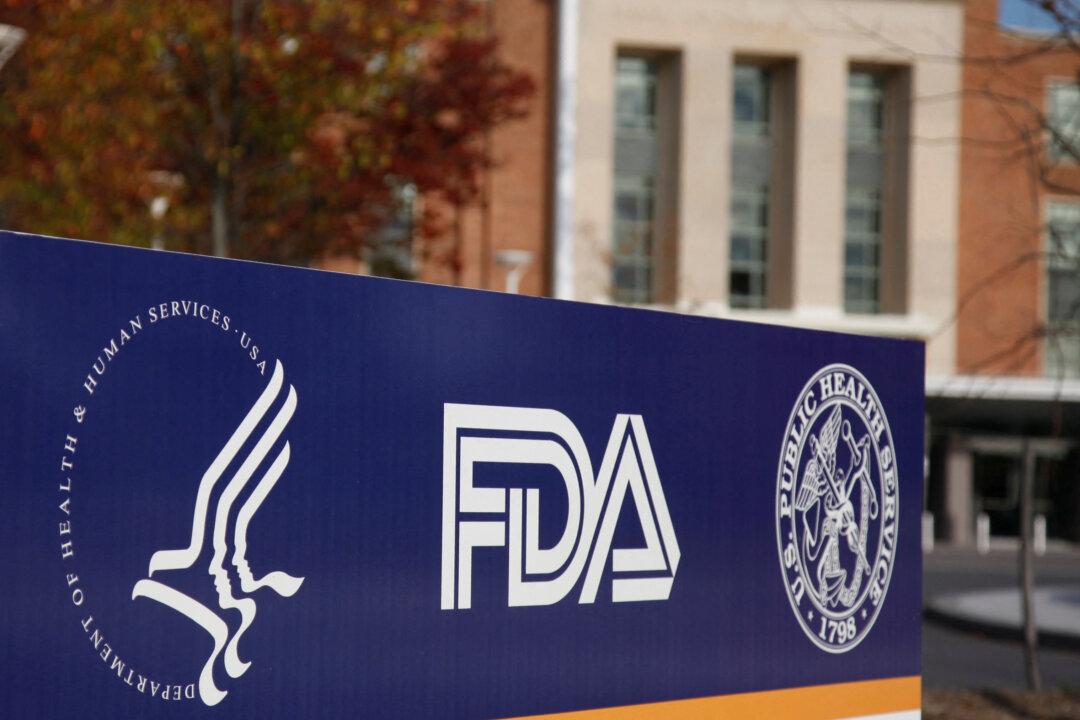The Biden administration has proposed a federal mandate to reduce the supply of water to 40 million Americans who live in western states dependent on the Colorado River Basin to address long-term severe drought and low run-off conditions.
A draft report by the Department of the Interior’s (DOI’s) Bureau of Reclamation proposes to revise the current guidelines for the near-term operation of the Glen Canyon and Hoover dams.





